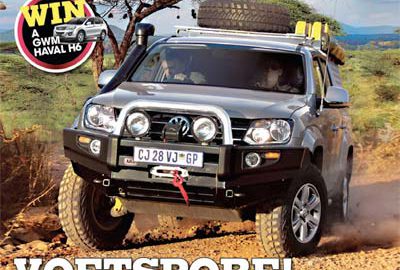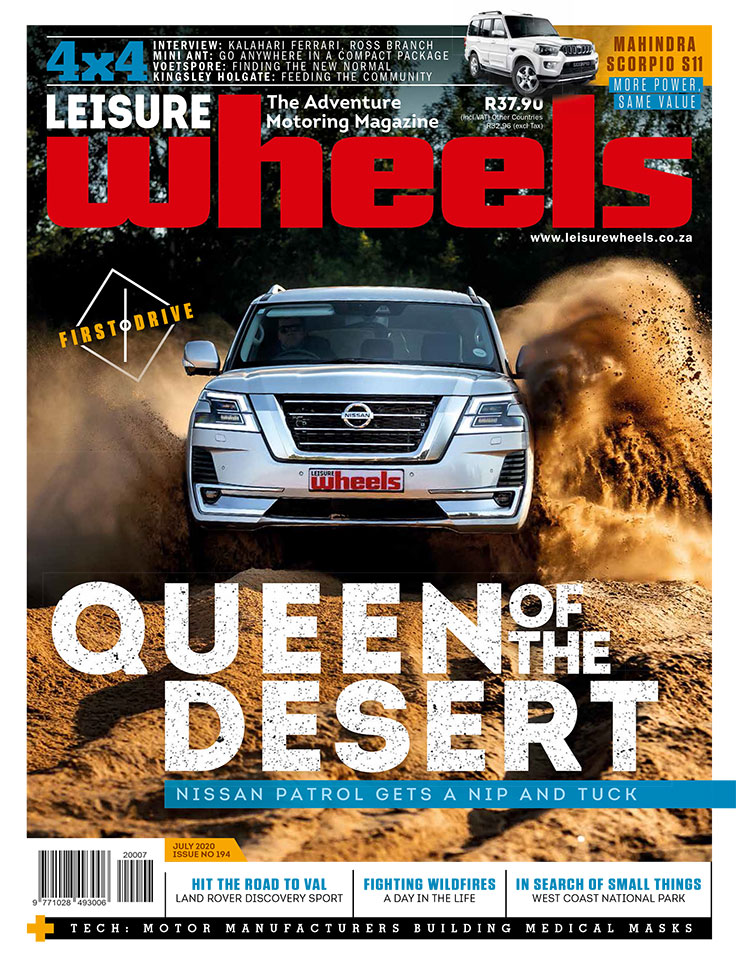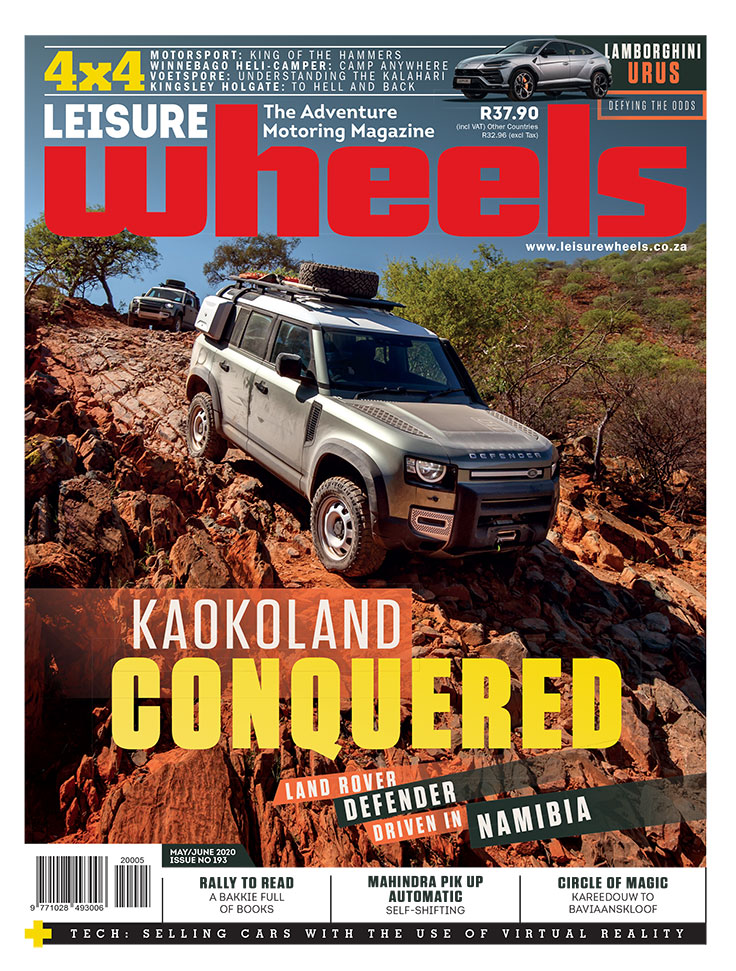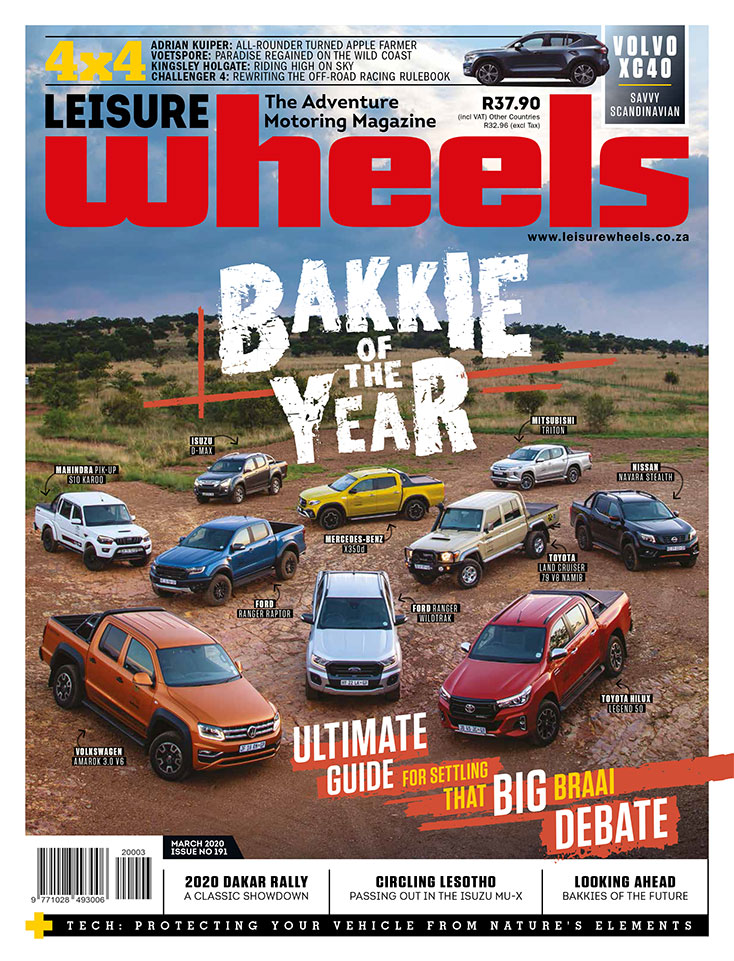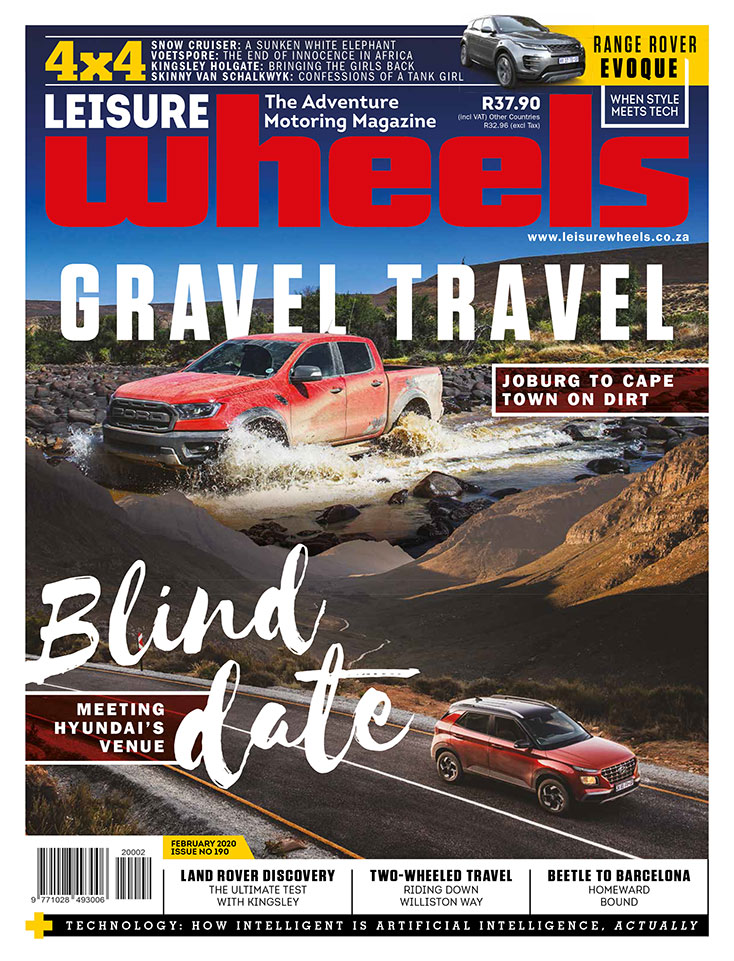Hands up those who remember a road sign that read: Detour Ahead/ Ompad Voor.
We pose the question because, ingoing about our daily business, Leisure Wheels staffers travel extensively through SA and neighbouring territories. During these travels we observe and note the country’s changing face, and many of these observations become the subject of discussion.
The poor state of our roads is a current topic and the “Detour Ahead/ Ompad Voor” warning has been replaced by the Stop/Go sign. On a recent trip to and from the Kalahari, we got pretty gatvol of the many delays at Stop/Go road works, and being stuck behind four huge 26-wheelers on a narrow road added insult to injury.
One of the causes of the poor state of our roads is, of course, the large number of heavy duty trucks crisscrossing the landscape. Figures in a Stanlib publication reveal that since 1993, rail freight has decreased from 200 million tons per annum to 180 million tons, while heavy haulage on our roads has increased from 650 million tons to 1 400 million tons.For the mathematically challenged, that means eight times more freight is being carried by road than by rail. That ties in with another observation by Leisure Wheels staffers, who have been struck by the growing number of dilapidated and empty shell railway stations that blot our countryside.
Prior to acquiring its Rainbow Nation status, this country operated one of the most efficient railway networks in the world. It would now appear that the government and Transnet have woken up to the fact our railway system needs to be overhauled.
Stanlib reported recently that in April last year, Transnet launched an updated and expanded infrastructure programme that proposed spending R300 billion over the next seven years on rail and port capacity. An initial expansion programme in October 2011 allocated R110 billion over five years.
According to Stanlib, the plan is to increase rail freight capacity by 80% in the seven-year period. Coming in for special attention will be transportation of commodities such as coal, iron ore and manganese.
Now Deputy President Kgalema Motlanthe has thrown his hat into the ring. Speaking in May at the annual convention of the Road Freight Association in Phalaborwa, he said SA needed to increase the use of rail freight services to boost economic growth and preserve our road system.
Motlanthe said moving freight from road to rail was a strategic imperative and Transnet needed to look at costs and efficiency. But while boosting economic growth, preserving our road system and costs and efficiency all sound very sensible, the deputy president is closing the stable door after the horse has disappeared into the distance.
Motlanthe added it was “unfortunate” that coal from the northern provinces was transported via trucks “because there was a lack of rail infrastructure”, and ideally coal and iron ore should be exclusively transported by rail. So who is to blame for the lack of infrastructure and short-sighted planning – government or Transnet? The deputy president also acknowledged that the large volumes of road freight damaged main and arterial roads and disrupted maintenance schedules. Perhaps the intervention of a political heavyweight such as the deputy president will light a fuse under Transnet.
While Motlanthe’s observations are generally to be welcomed, there is another aspect to the initiative to get freight off road trucks and into railway trucks. Prof Kobus van der Walt of Northwest University is a regular voice on RSG on environmental issues, and invariably comes up with some interesting snippets.
Responding to the deputy president’s comments, the good professor said a swing away from road freight wasn’t good news only for road users, but would have a positive effect on the environment. Quoting from the American Transport and Energy book, Van der Walt said it required 20 times more energy to move freight by truck than by train.
A truck filled with one litre of diesel would move one ton of freight less than 200m. By contrast a train with one litre of fuel would move a ton of freight 4km, so road users will be happy with the switch and our carbon footprint will be reduced dramatically!
All that, however, does not answer the question of why the Detour Ahead/ Ompad Voor sign has been replaced by the Stop/Go system at road works
